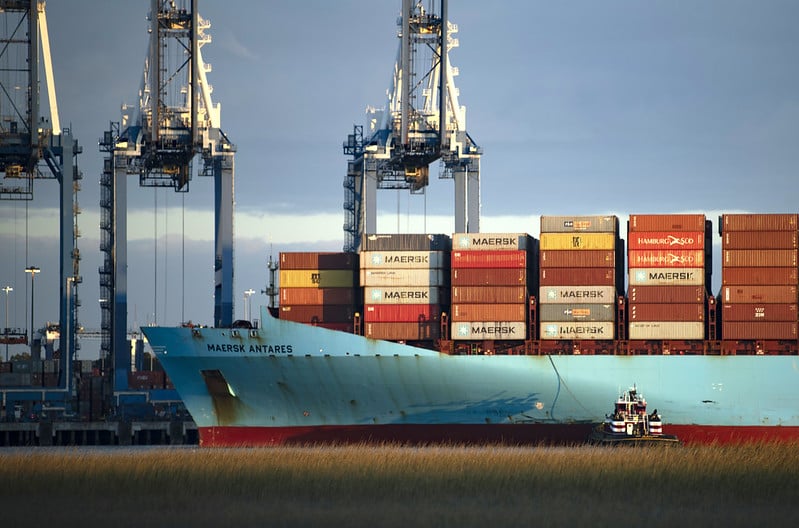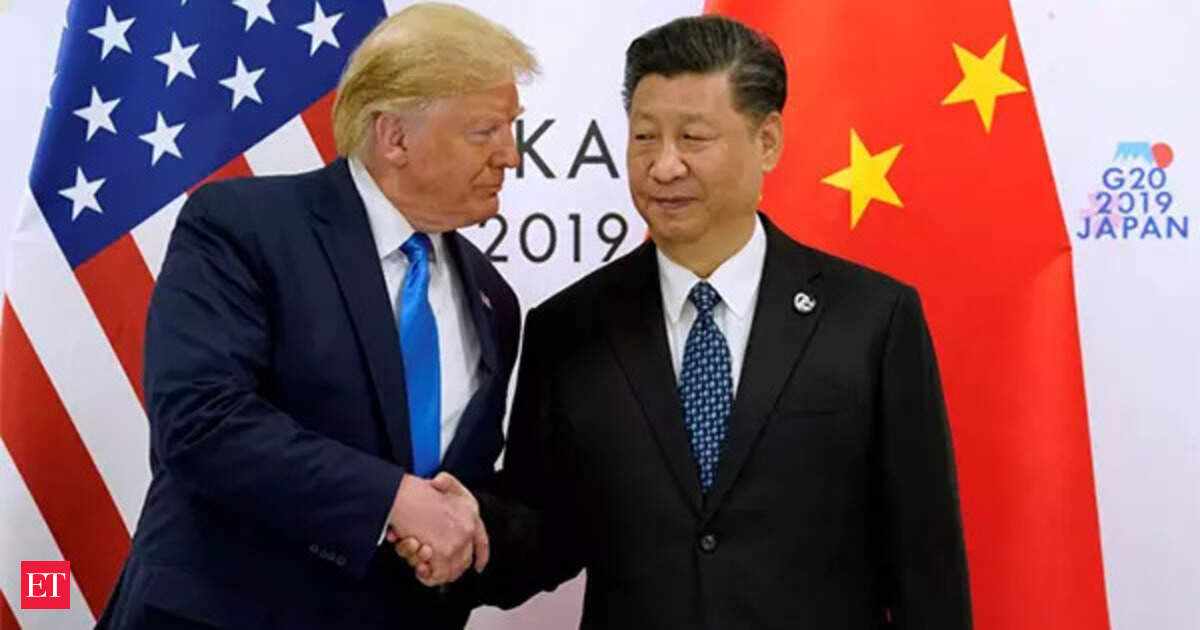Furthermore, China will have an additional 10% tariff imposed on it, effective in April. Trump said the moves are primarily aimed at stopping the import of goods that go towards the production of the synthetic opioid drug fentanyl, the centre of the most recent phase of the US’ opioid crisis.
The latest tariff will bring the total combined tariff on batteries and battery energy storage system (BESS) products from China to 48.4% from January 2026, Energy-Storage.news calculates. That is made up of:
This will hit the BESS market primarily, with 90% of the US BESS market using Chinese lithium iron phosphate (LFP) cells in 2024, compared to less than 10% of the US EV market, market intelligence firm Rho Motion’s head of research Iola Hughes said in a post about the news on LinkedIn.
China dominates production of LFP batteries, which BESS overwhelmingly use now, while nickel manganese cobalt (NMC) production is more spread out throughout East Asia, with South Korea a major player.
Whether these tariffs will make the US’ battery manufacturing industry cost-competitive with China remains to be seen. 2024 data from BloombergNEF found that, compared to US manufacturing, China is 60% cheaper for BESS and 31% cheaper for battery packs, but anecdotally Energy-Storage.news has heard figures indicating an even higher disparity.
The future of tax credits for clean energy manufacturing, introduced by the previous Biden administration as ‘carrot’ to the ‘stick’ of tariffs, is not clear under Trump. But with most manufacturing projects benefitting located in Red states, commentators generally agree a repeal is unlikely.


